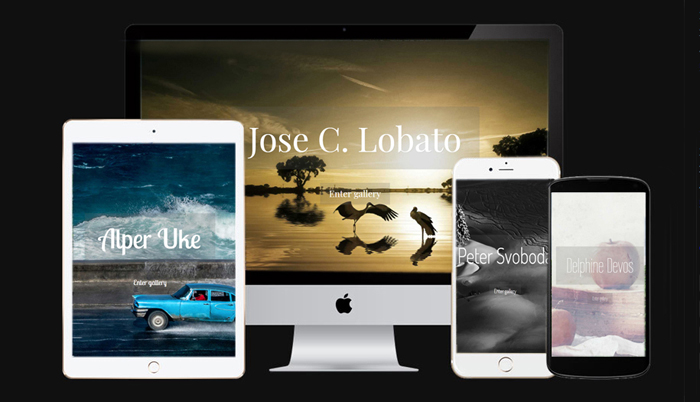Tips & Tricks
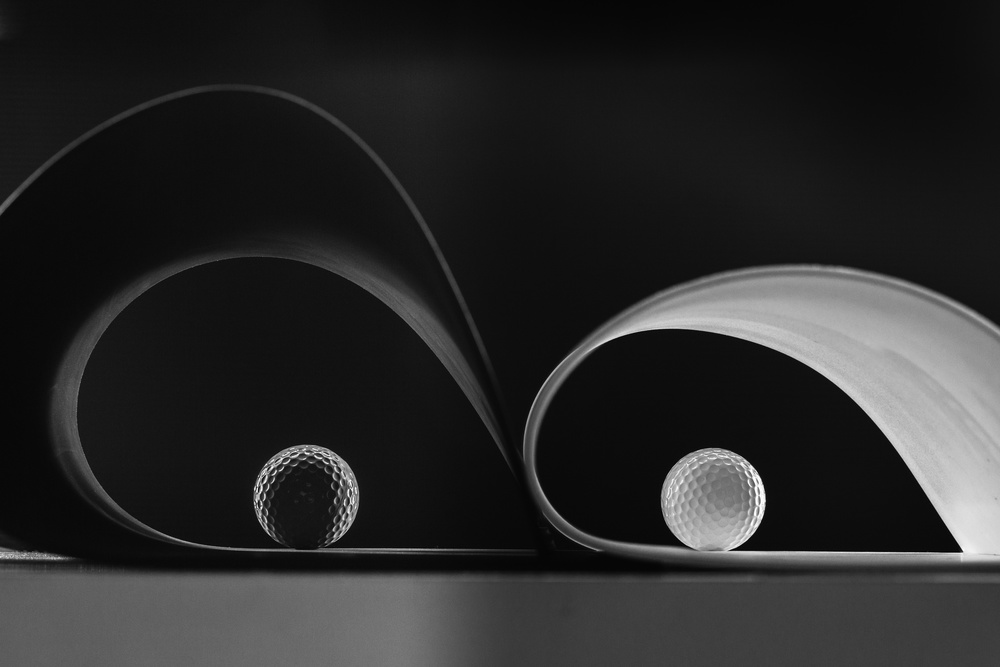
Olavo Azevedo: Photographer of the week
1x Blog-Tips & Tricksby Editor Yvette Depaepe
Olavo Azevedo's strong and beautiful work is essentially graphical, often minimalistic. He is a real master when it comes to play with forms, tones, contrasts and light to give his photographs a proper aesthetic approach.
Let's have a look on the man behind his images through this excellent and enriching interview.
Briefly tell us about yourself, your hobbies and others jobs
I am a native of Portugal and live in a small town in the centre of the country. I am a doctor and exercise professionally in the locality where I live. I live in a quiet and cosy rural area and photography serves as an antidote and as escape for the profession's demand, allowing an inner peace sometimes shaken by the suffering of others. Self-taught, I started photography as a teenager with a Kodak machine bought second hand from a friend.
Truly, the "bug" of photography only years later would reveal with the purchase of my first SRL, a Canon (AE1), which opened up new horizons to me, having started to photograph with greater regularity and demand. From here was also born the need for learning so I started to buy books and magazines for technical improvement starting truly the self learning, which was maintained throughout my journey. At the time the Web was still very little publicized.
With the digital era and the photographic revolution that it represented and represents, the need arose to review processes, both in technical and formal terms. The opportunity of immediately analysing the photograph recorded in the sensor allows the rapid evaluation of its content including composition and technical failures, allowing the rethinking of the scene, contributing to the following "revolution / evolution", being an added value for the contribution of the intended final I got a Canon 350D, which did not satisfy me, at all.
When the first full frame of the market, the Canon 5D, was launched, I opted for the change and other horizons opened with its acquisition. But it was with the acquisition of a 16-35mm zoom that I was truly opened to the horizons for the beauty of lines, perspectives, overwhelming vanishing points, and the visual impact it allowed. Thus, architecture and graphic and abstract images began to make another sense that with natural evolution led to a refinement in the way of observing, seeing and anticipating the final result of what was intended.
How has your history and life experiences affected your photography?
At first sight, apparently, there will be no direct connection between medicine and the kind of photography I usually spend the most time on.
However in a deeper reflection on the subject, in both it is essential to know to observe and to know to see the details that we consciously or unconsciously capture during the visual and objective analysis.
It resides in this dichotomy, between observation and processing of the visual information collected, part of the success of the final result in one area or in the other.
Which are your most important experiences that has influenced your art?
A visit to places, namely large metropolises, where contemporary architecture with its elegance of lines, sometimes sensual, in its overwhelming grandeur where inevitably lines, forms, contrasts, textures and light allows a peculiar graphical approach, even real and abstract time, has contributed to my photographic course and had a significant influence on the way I began to face and anticipate some of my work.
The immensity of the buildings and the smallness of the human being in them integrated as a scale and humanizing them, was a stage that was manifested in an evolutionary and continuous way.
What first attracted you to photography?
Fundamentally the recognition of photography as art and its alliance to a sense of well-being, pleasure and individual relaxation. And of creation. And the challenges that this same creation provides and the satisfaction of achieving something that gives us pleasure, unique and personal. There are never two equal works. The lines, the light, the forms she emphasized, the anticipation of the final result with the possibility of creating unique things and different styles visually attractive will have been what attracted me most to photography as art.
It went through a period of research, observation and learning harvested through the study of other authors, through books, magazines and mainly the web, in which 1X was included.
From here were born other experiences, not architectural, abstract and realized in an improvised home-made "studio". The use of day-to-day objects, and even there by hand, such as balls, step papers, herbs, eggs ... contributed to create visually attractive, different and aesthetically effective things.
After a long period of indecision motivated by doubts about the value of my work, only surpassed by the insistence of my friend Paulo Abrantes, I ventured into publication in the 1X. It was the "turn" of the page of an activity that he adored, but of which he doubted in relation to its quality. This step, due to the characteristics and exigency of the site, raised the bar which led me to perfect and to revise the previous aesthetic concepts. If the composition was controlled, in the edition I realized that there was a long way to go. It was a long period of relearning and review of processes hitherto practised. This rewarding experience, and I think achieved, culminated in the inclusion of four of my works in the Mono Yearbook in 2014, Memento in 2015, Visions in 2016 and Art in 2017.
Describe your overall photographic vision
It is an essentially graphic, often minimalist photograph in which forms, tones, contrasts and light have a preponderant prominence and a proper aesthetic approach.
I like shooting in hard light to enhance the contrasts and visual impact of the scene.
Why are you so drawn Architecture & Abstract Photography?
Although nothing in my academic education links me to the area of architecture, this is one of my favourite subjects, and especially modern architecture, in which its bold lines, sometimes defying balance and imagination become a source of inspiration and an irresistible visual attraction.
The de-contextualization of the whole allows us to transform an obvious thing into a more abstract and graphically more attractive and interrogative work, leading the mind to flow freely to lead to a better interpretation of things according to the experiences experienced and emotionally representative.
What is more important to you, the mood,/story behind your images or the technical perfection?
What is technical perfection? Is it having focus on the whole picture or having blur in whole or in part of it? Is it to follow the rules of composition or to break them deliberately? Is it not that the technique should be applied to the idealized effect in anticipating the result?
Seen in this way the mood / story associated with the technique to achieve them, have a more relevant weight in the photographic content: to create photographs with a certain objective that can provoke emotions and transmit a certain message, not ceasing to be great photographic works.
And then, yes, the technique is important and fundamental.
What generally is your relationship to your subject matter beyond being an observer?
It is a relationship of love at first sight, almost impulsive, that is later matured
Initially I make 3/4 photos that I see, sometimes even with a smartphone, followed by a more careful and rigorous work in form and content.
Do you prepare carefully the locations where you are intending to photograph?
Ultimately I have managed the outputs in function of photographic objectives
I also revisit locations at different times of the day and different weather conditions with a defined goal of finding different light with the idea of the result to get.
I also do web research on the places I'm going to visit, trying to find things that fit my photographic vision, particularly in the area of architecture.
What gear do you use (camera, lenses, bag)?
I currently use two cameras.
A Canon 5D Mk III, with L series lenses: 16-35mm, f / 2.8; 24-70mm, f / 2.8; 70-200mm, f / 4; 50 mm f / 1.2; 100mm, f / 2.8 macro, Lensbaby Velvet 56.
A Sony alpha 7R II with a Sony lens 24-70mm f / 4; and a Zeiss Batis 18mm, f / 2.8
What software do you use to process your images?
Adobe Lightroom Classic CC, Adobe Photoshop CC and more rarely the Silver Effex Pro2
Can you tell us something more about your work flow?
I always shoot in RAW doing the import directly to Lightroom. I begin by making an initial evaluation by eliminating photos with gross technical errors, such as accidentally blurred photos and selecting those that may have the potential for editing, assigning stars and flags. After the selection I assign keywords as the place where the photograph was taken, which represents, dominant colours, aroused feelings ... I make some corrections namely the correction of the profile of the lens, white balance, control of the exhibition, control of the highs and low lights, saturation and luminance of colours in view of the preset to apply in the edition of B & W.
After finishing this work I move to Photoshop for a more careful work with the application of selections, layers, masks, gradients …
What is your most important advice to a beginner in in Architecture & Abstract Photography?
This advice is for all photographic kind, only not architecture:
- Look for simplicity;
- Look around for areas that are less confusing;
- Look for part that represents the whole! The whole often leads to disappointment.
- Look for patterns, shadows, repetitive shapes, colour contrasts, etc;
- Framing your images and give attention to the edges and corners, and work it
- Look for objects with potential, don’t look for great photograph;
- Maintain a positive attitude! Open the mind to see something new and creative;
- Explore! Move yourself. Get down, get up, look around, look inside, change your viewpoint, explore the scene from every angles, bend your knees. Put your camera down and explore the scene without it;
- Stop! When you are around for while and don’t found nothing interesting to photograph, stop. Go away and come back another day;
- Dealing with disappointment! This is a very, very personal thing but think: in photography, like life, if you have a little rain, is good to appreciate the sunny days.
- Learning with your experience and your errors.
Who are your favourite photographers and more importantly, how has your appreciation of their work affected how you approach your own photography?
I have a few favourite photographers, of which Hungarian-born Frenchman Lucien Hervé, who combines a humanistic look with architecture, is influenced by my own photographic approach, having been seduced by his work the first time I had contact with him through Réponses Photo magazine. I also appreciate the Swiss photographer, Hélène Binet, with very graphic works on architecture, I highlight Michael Kenna for his minimalist works.
On 1x I appreciate the works of Paulo Abrantes, Laura Mexia, Luc Vangindertael, Henk van Maastricht, Gilbert Claes, Theo Luycx, Jef Van Den Houte, Jeroen Van de Wiel ...
Is there any specific photo taken by another photographer that has inspired you a big deal and why?
There was not exactly a specific photo that inspired me, but rather the whole work of several artists, whose style is inserted in my photographic vision. It is in the synthesis and analysis of these works that I look for inspiration with particular influence on the authors mentioned above, although others also contributed to this.
Are there any specific directions that you would like to take your photography in the future or any specific goals that you wish to achieve?
Becoming better at what I do with training, training, and training. Managing low expectations and coping with disappointment will be a good starting point for photographic evolution ... even because in 1X, only 5% of the proposed photos will reach your home page!
Describe your favourite photograph taken by you and why it is special to you?
"Light and shadows" is one of the photos I most enjoy for several reasons:
- Because it was the first photograph to be published in 1X
- Because it is an original work done in an ideal home setting whose contents were conceived and planned in detail to produce the specific effect of strong contrasts and with an incidence of light that allowed visual impact and which emphasized the shapes of the objects used, the light intensity, contrasts, patterns ...
- For demonstrating that to take pictures that transmit us pleasure, it is only necessary to have mental availability and some imagination ... and without leaving our comfort zone.
Is there anything else you wish to add and what do you think about 1X as a home base for your work?
1X has played an important role in my development as a photographer. It is a place where we can learn by observing works of great talents, with an incredible formal and aesthetic quality, always being a source of inspiration. I also highlight the quality of the published tutorials where we can gather precious teachings on photographic techniques as well as ways of editing different from the usual.




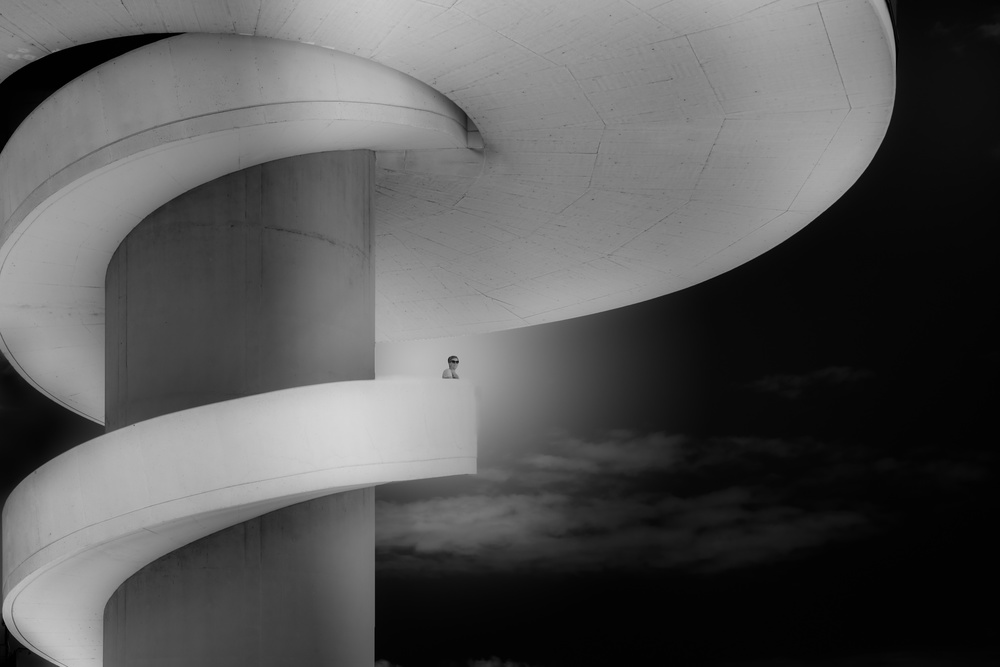











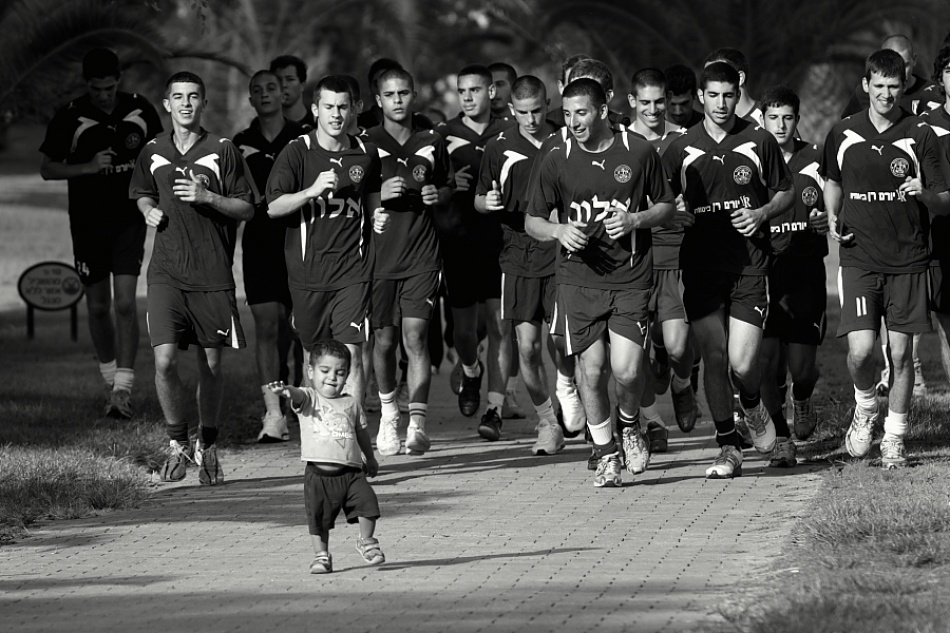
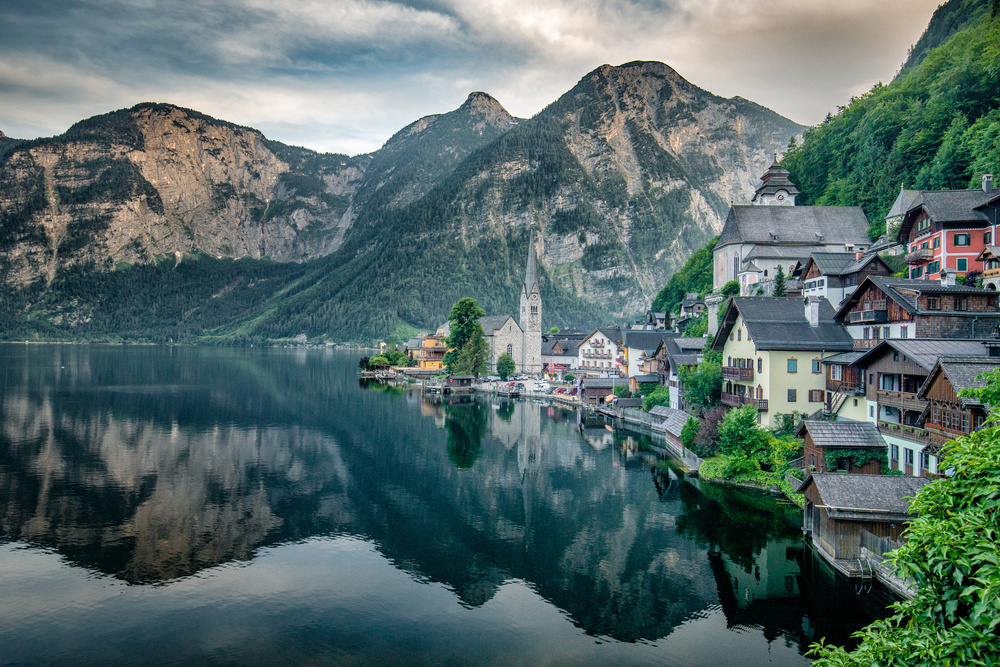
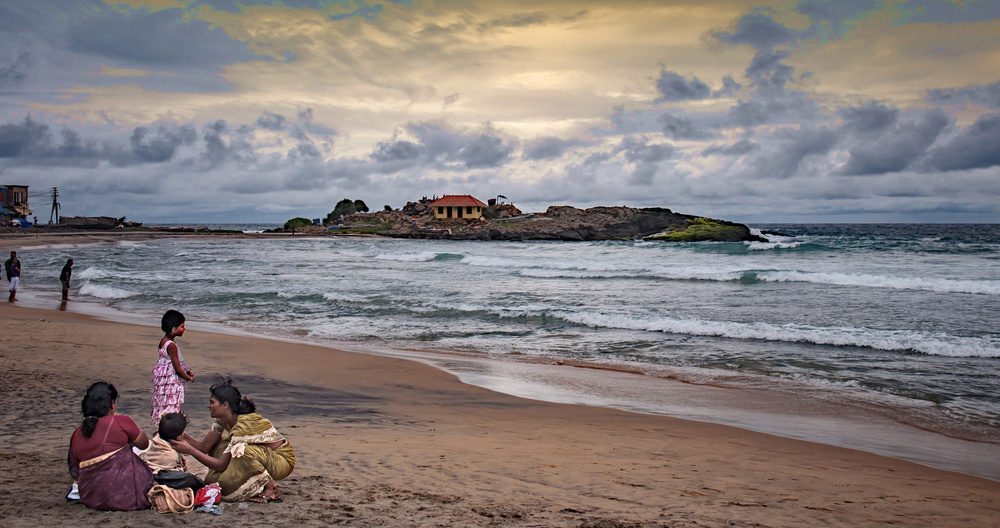
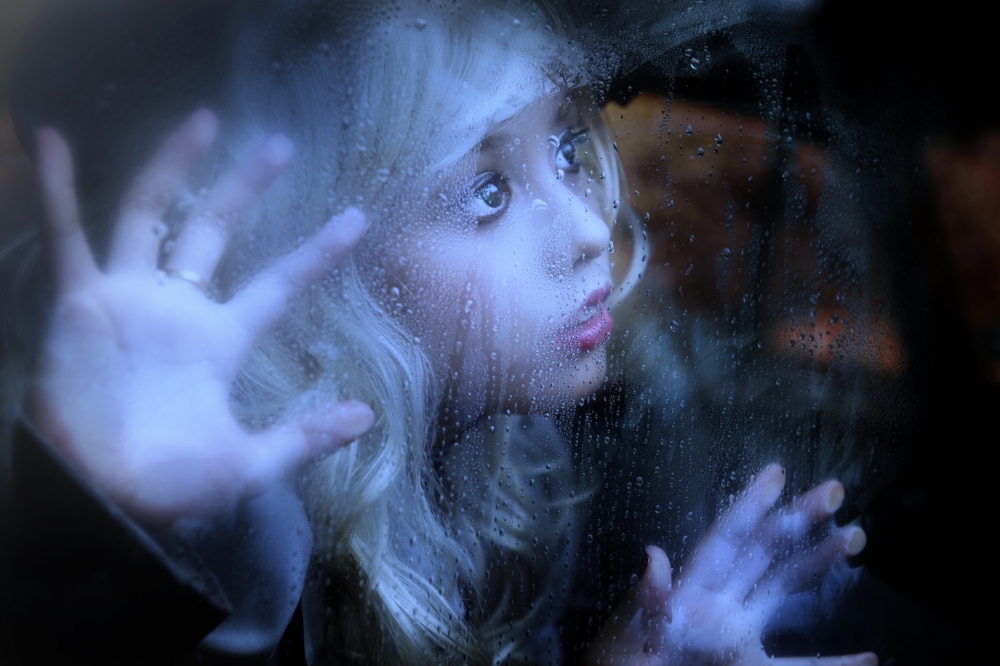
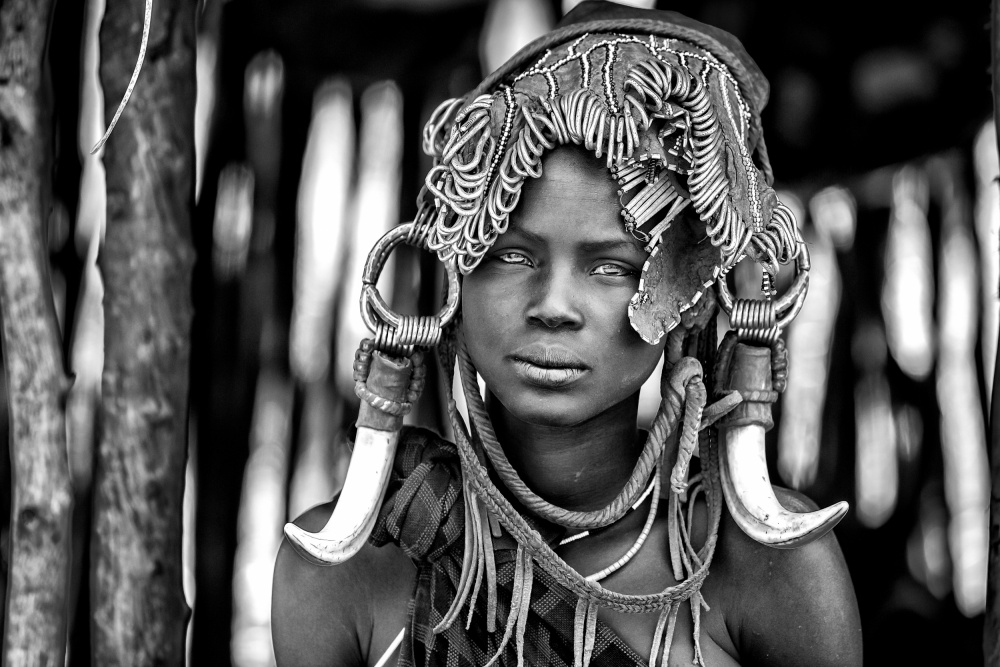
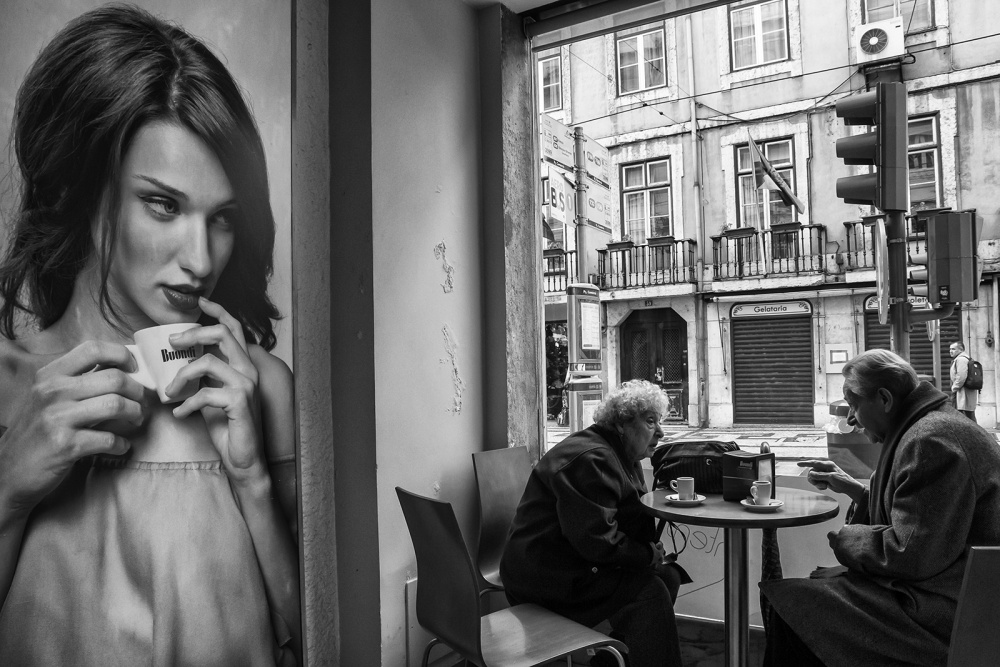
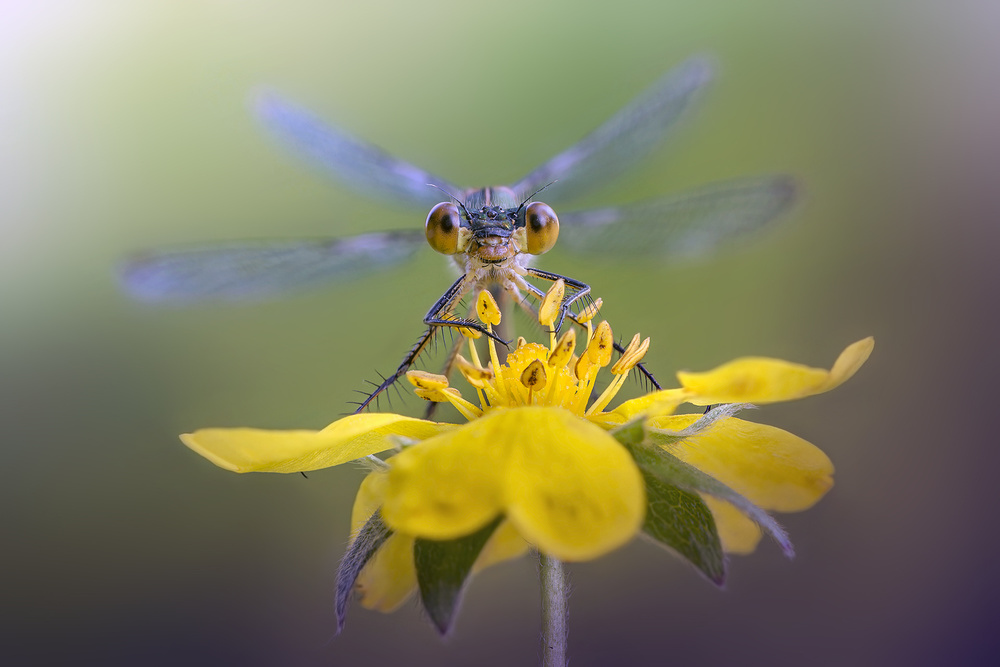
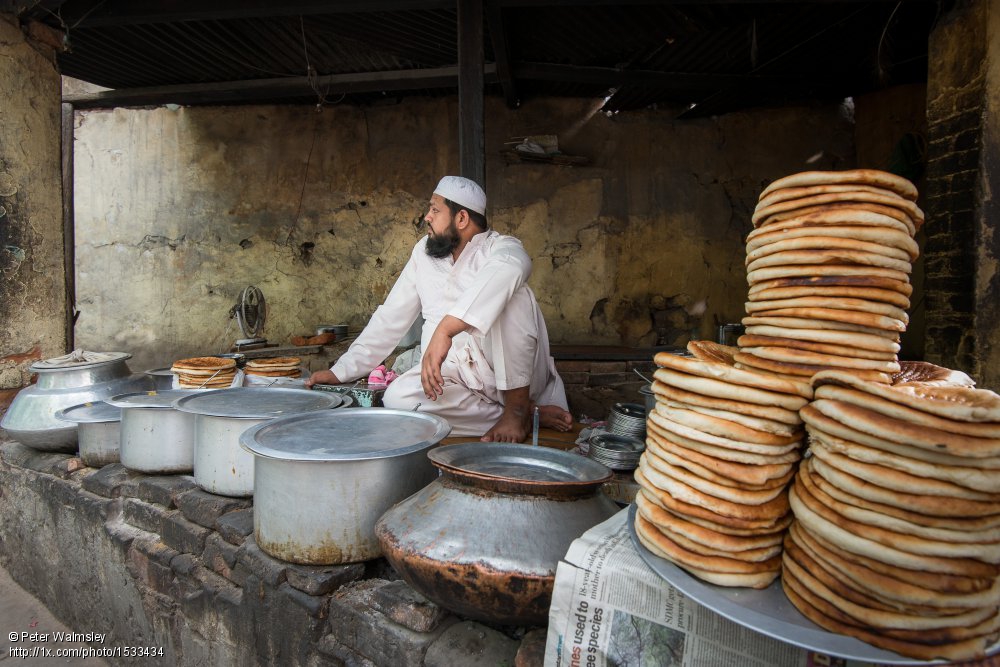
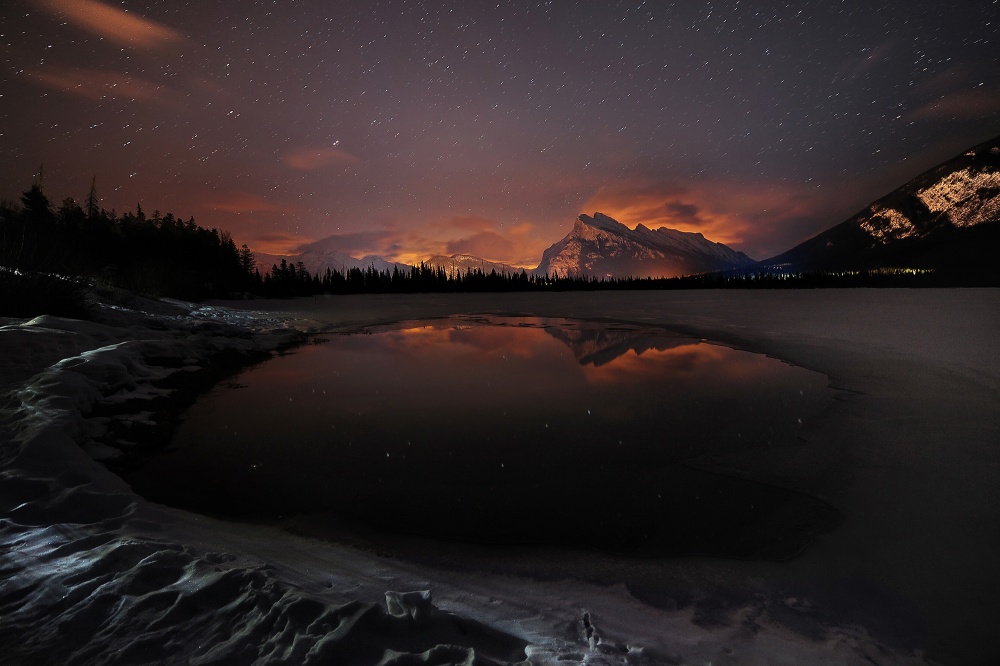
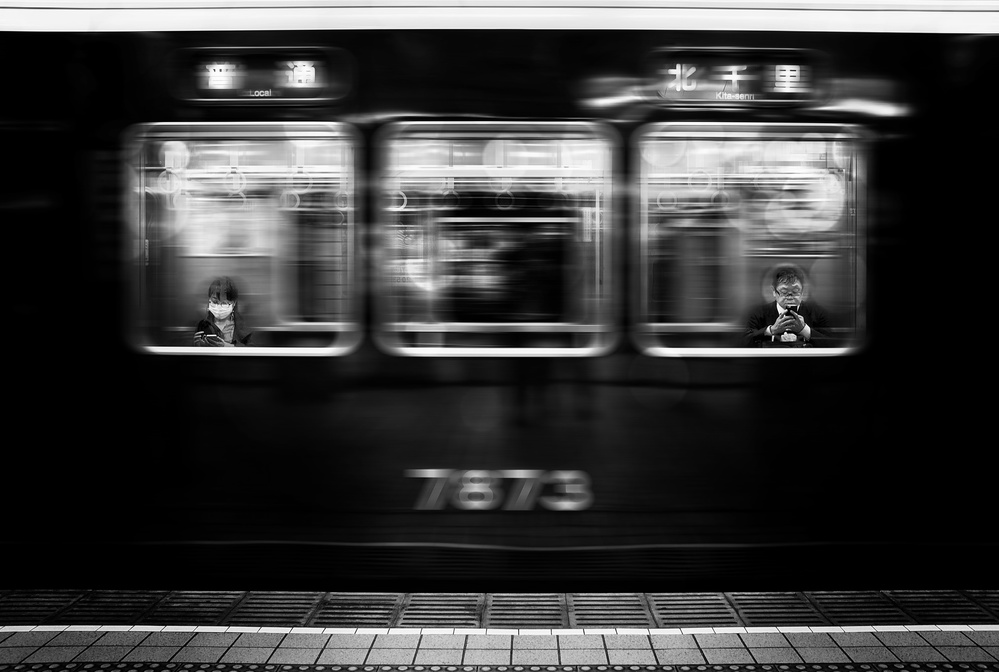
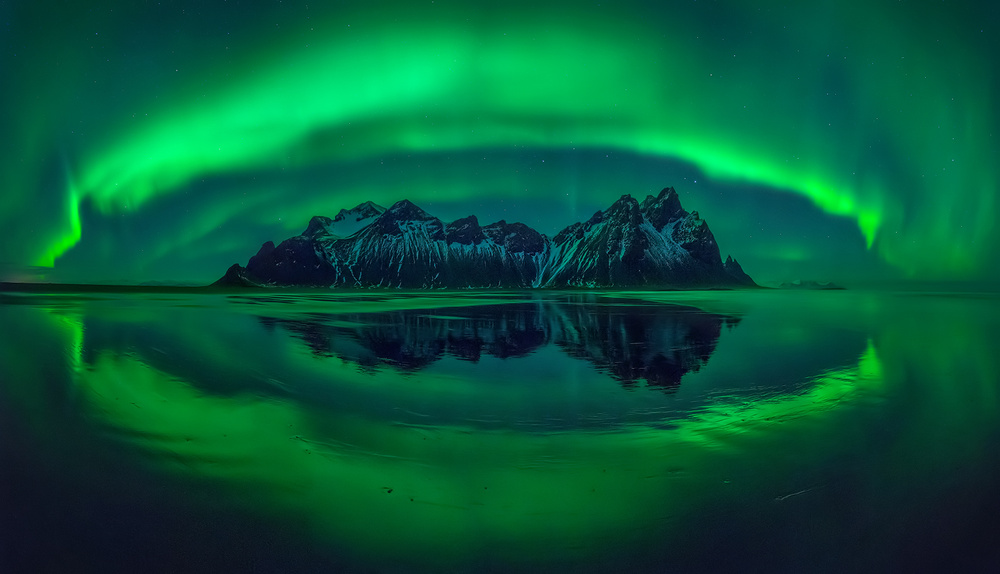
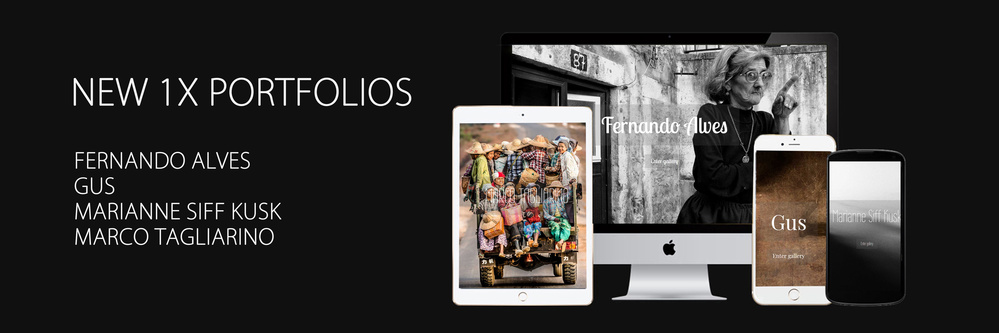
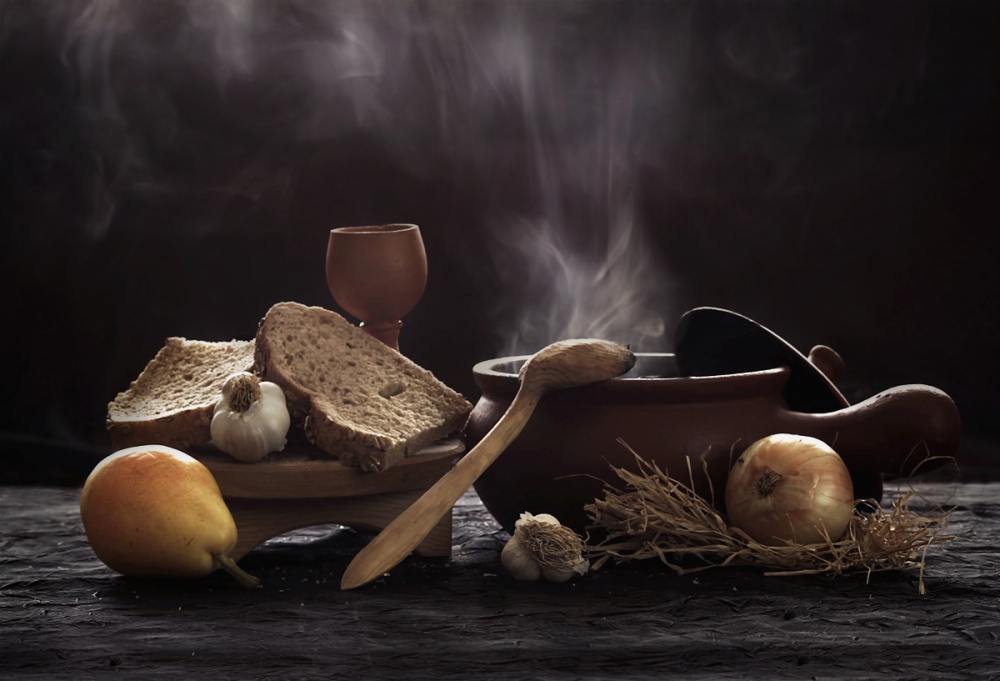
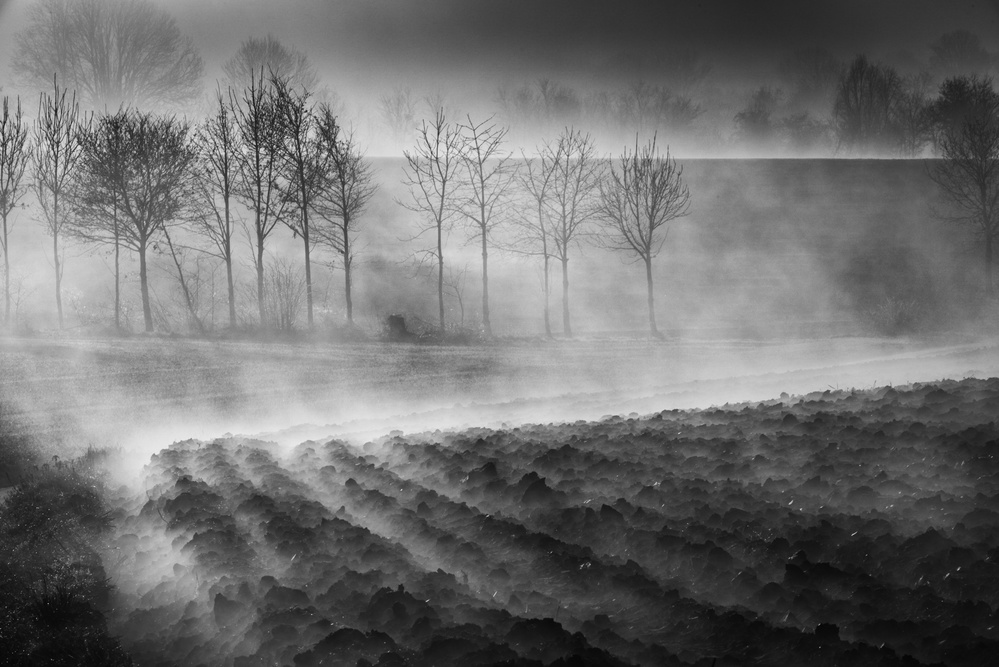
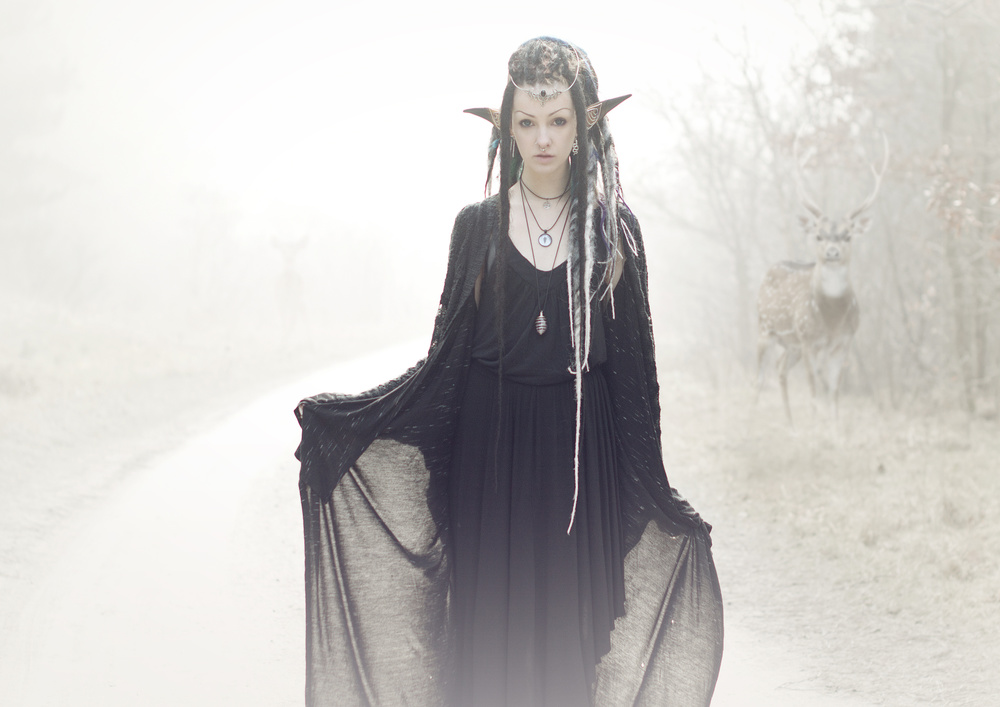
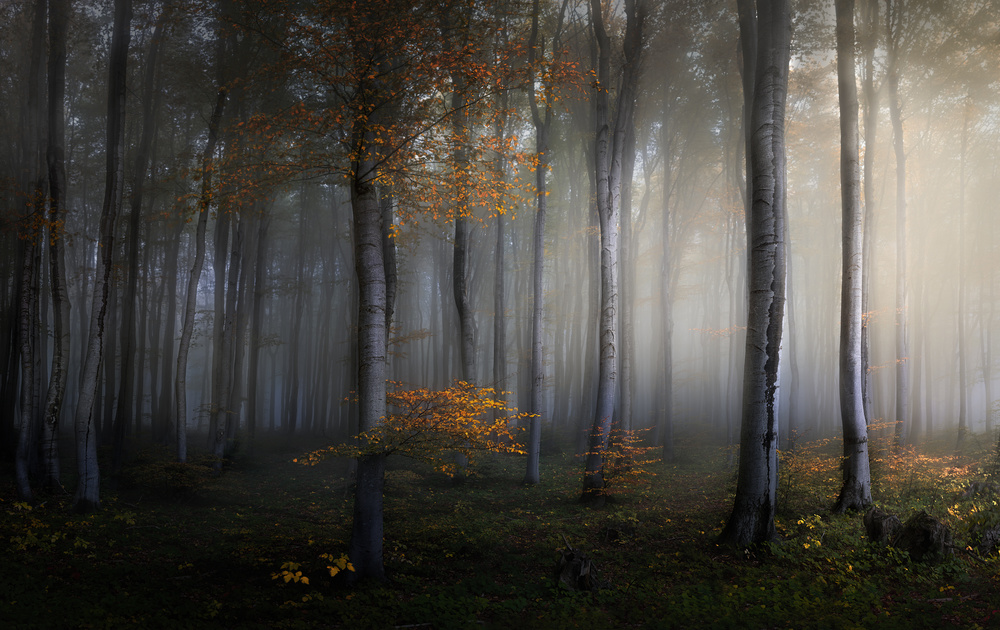
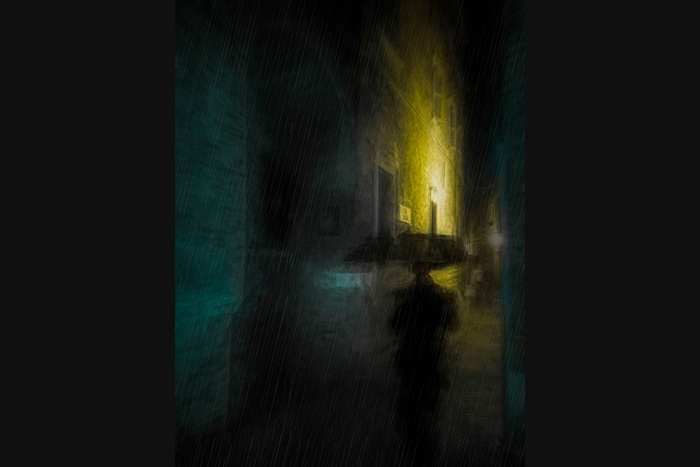
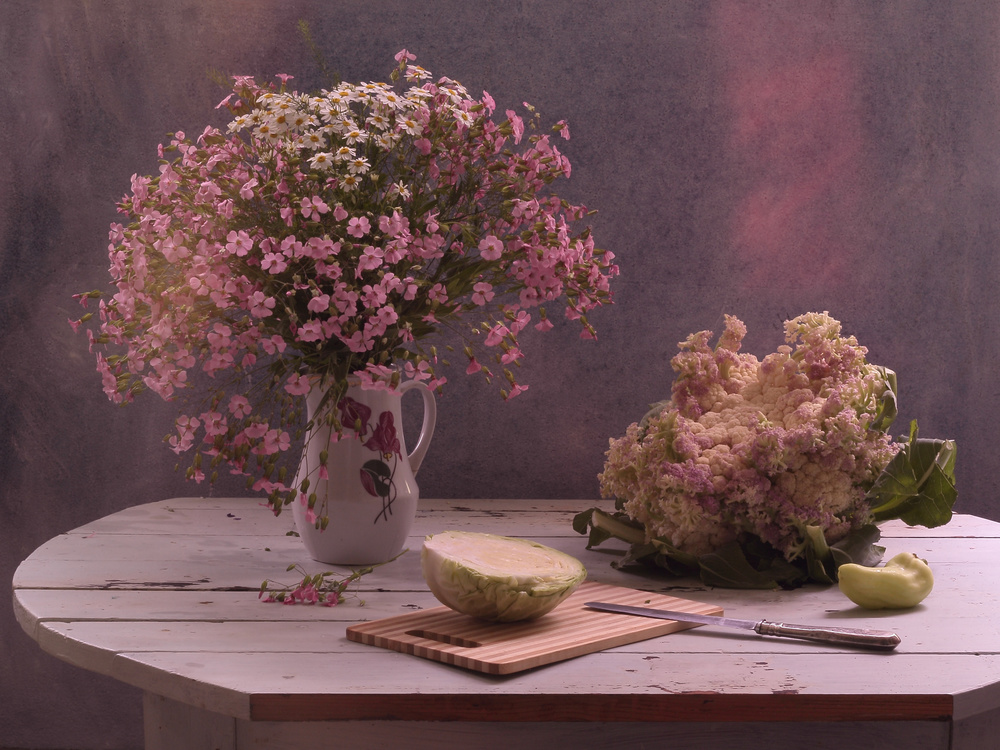


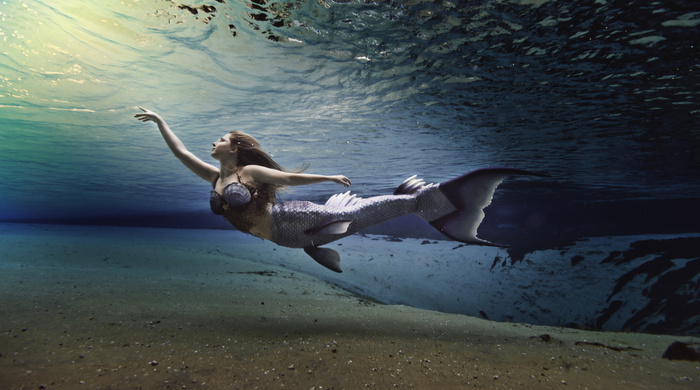
![Fstoppers Photographer of the Month (April 2018): Rebeca Saray [NSFW]](https://cdn.fstoppers.com/styles/large/s3/lead/2018/05/fstoppers_photographer_of_the_month_may_2018_rebeca_saray.jpg)
